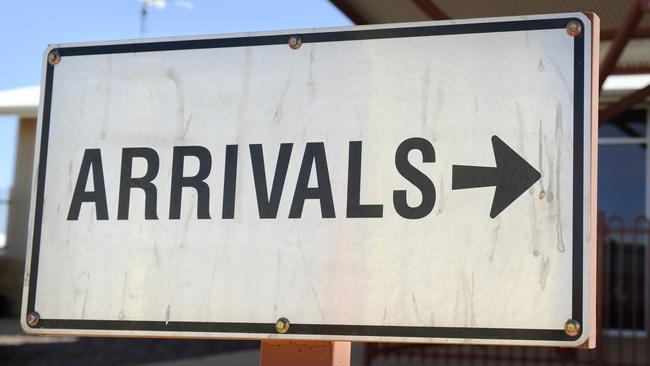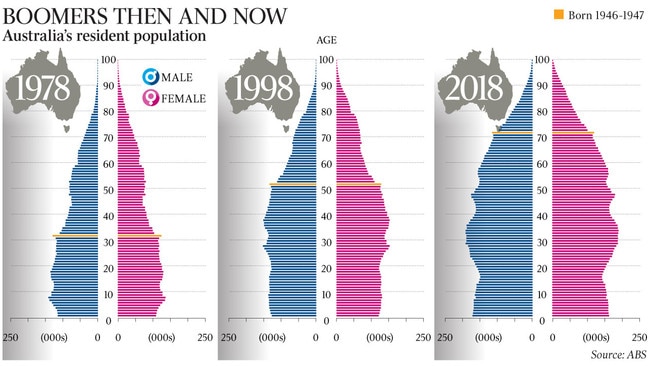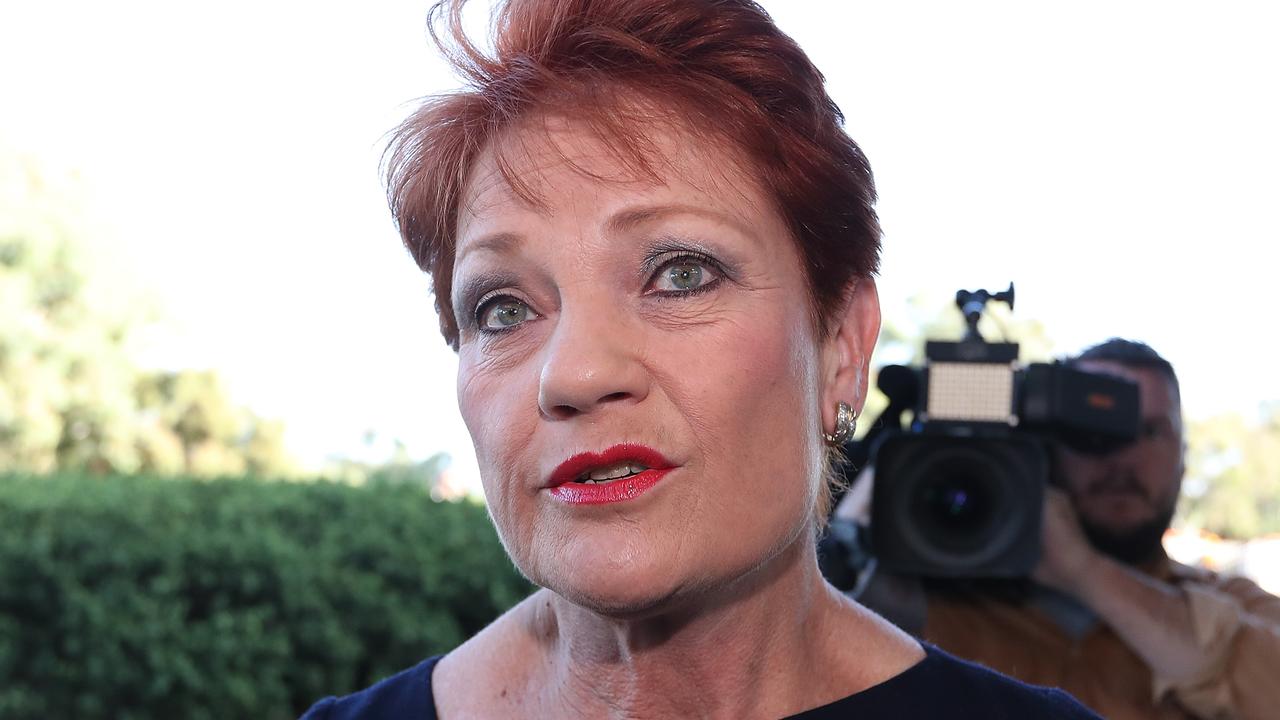90pc of migrants settling in two cities
Almost 90 per cent of new permanent arrivals settle to our biggest cities, previously unpublished figures reveal.

Almost 90 per cent of all new permanent arrivals to Australia are settling in Melbourne and Sydney, according to previously unpublished statistics that add weight to government moves to introduce a migration policy that forces some skilled migrants to live outside the biggest cities.
With Australia’s population set to reach 25 million today, the new Department of Home Affairs figures show that of the 112,000 skilled migrants who arrived in the past financial year, 87 per cent had permanently settled in Sydney or Melbourne.
The figures, obtained by The Australian, emerged ahead of a speech by Citizenship Minister Alan Tudge today in which he says population growth is not a “one-dimensional issue”.
“Rather, it involves size and distribution,’’ Mr Tudge will tell a Business Council of Australia forum in Melbourne.
“If the population was distributed more evenly, there would not be the congestion pressures that we have today in Melbourne and Sydney. Nor would there be if the infrastructure was built ahead of demand.”
The Turnbull government has flagged a migration and settlement policy, to be released by the end of the year, that would include visas that would be conditional on a proportion of new skilled migrant arrivals settling in cities other than Sydney and Melbourne and the regions.
Mr Tudge is in discussion with South Australian Premier Steven Marshall about directing a proportion of skilled immigrants to Adelaide.
The Australian understands the group most likely to be targeted is the independent general skilled migration stream, which is based on a visa points system rather than sponsored employment entry and accounts for about 44,000 people a year.
The Turnbull government recently cut the annual skilled migrant intake from the previous Labor government’s peak of 190,000 to almost 162,000 this year — the lowest in more than a decade — as it embarked on a “nuts and bolts” review of the visa process to restore integrity to a system it claimed had been undermined through Labor’s open border policy.
With the re-emergence of a “big Australia” political debate in light of increasing congestion in Sydney and Melbourne, Mr Tudge will say that population growth is now not simply an issue of numbers but of “distribution”, as he moves to reassure the business community that the government is not closing the borders to skilled migration. However, he will propose that an improved migration system that seeks to bring in skilled and talented people could occur only if strong border protection policies are maintained.

“There are some people who believe in a big Australia, and others who want lower population growth,” Mr Tudge will say, according to a written copy of today’s speech provided to The Australian.
“Regardless of these diverse views, what is important is that population growth is managed in such a way that it benefits all Australians. The case for further skilled migration is strong, but this does not translate to meaning that the more skilled migrants the better. There is a balance to be made.”
Mr Tudge will say that the business community needs to grasp the reality of the debate, noting the impact on house and land prices, shared utilities and congestion.
“In addition to this, if migration is not managed carefully, it can lead to social fragmentation and heightened security issues,” he will say. “It is important for business leaders to understand these other factors as much as the benefits which skilled migration brings.
“Faster population growth may help their bottom line, but it is the broader community that pays for much of the congestion and pressures on social cohesion.
“Some senior business leaders have expressed concern that the only message that they say is heard internationally is that we are closed for migrants. We are absolutely closed for the people-smuggling business but we remain open to orderly skilled migration. These two things are not at odds; to the contrary, strong borders support skilled migration.”
While not necessarily advocating a big Australia, Mr Tudge will say the economic benefits of immigration are obvious, with a recent report by Treasury and the Department of Home Affairs estimating the immigration program added 1 per cent to GDP a year, with modest increases to GDP per capita. “Of course, with a larger economy, there is more scope for investment in public goods, including national defence,” Mr Tudge will say.
“It is much easier to pay for 12 submarines with a $1.5 trillion economy than one half the size.”
However, he will say that some areas of the migration program are failing. The unemployment rate among the general skilled intake six months after arrival, accounting for between 40,000 and 50,000 of the overall numbers, has blown out from 12 per cent in a 2009 to 2011 study to 22 per cent.
This was a cohort not tied to sponsored employment under the skilled migrant stream but largely settled in Sydney and Melbourne.
“We are not always consistently attracting the ‘best and brightest’ through this scheme,” Mr Tudge will say.
Based on Australian Bureau of Statistics estimates, the Australian population will reach 25 million shortly before midnight tonight.
NSW Premier Gladys Berejiklian has called for population policy to be elevated to a priority for the Council of Australian Governments’ agenda next year.
Ms Berejiklian has said that while she believes the current level of migration is “about right”, the pressures on services and infrastructure cannot be ignored.
Mr Tudge will say that the federal government is investing $75 billion in infrastructure projects that would in part help address congestion issues associated with rising populations in Sydney and Melbourne. He will blame past NSW Labor governments for failing to plan for Sydney’s inevitable expansion.




